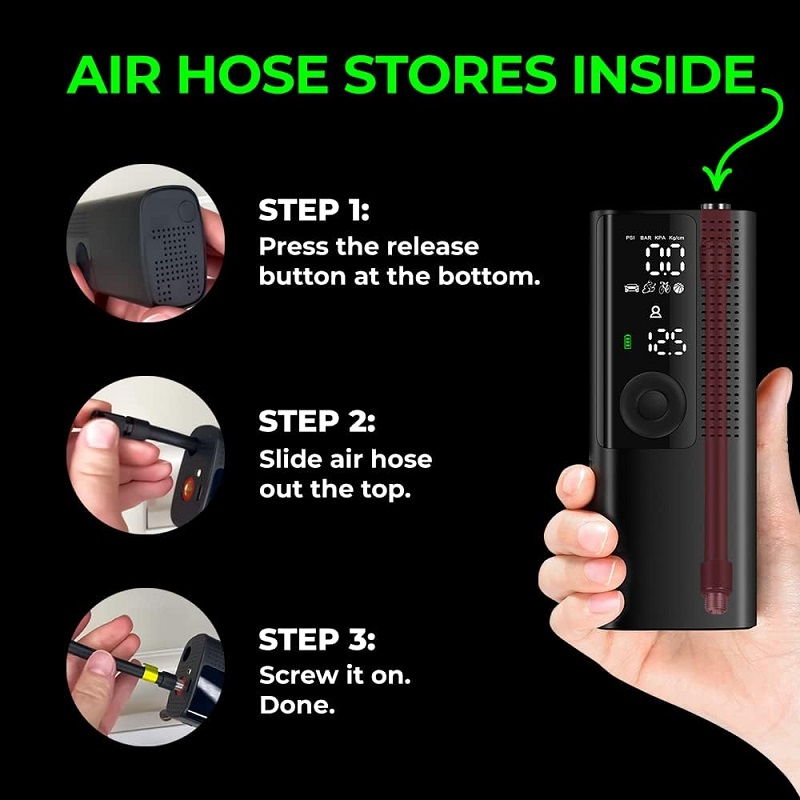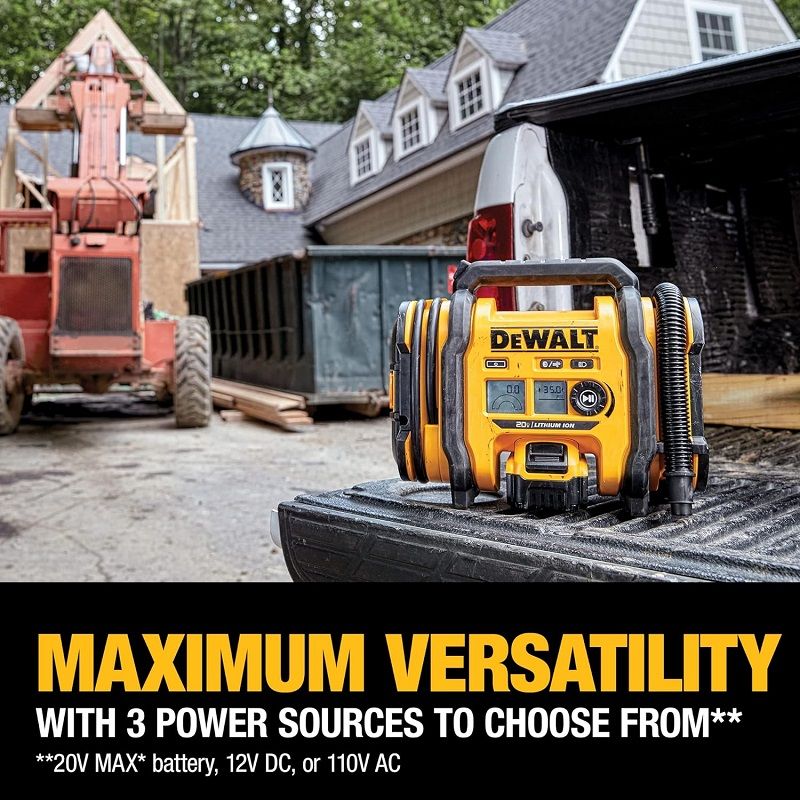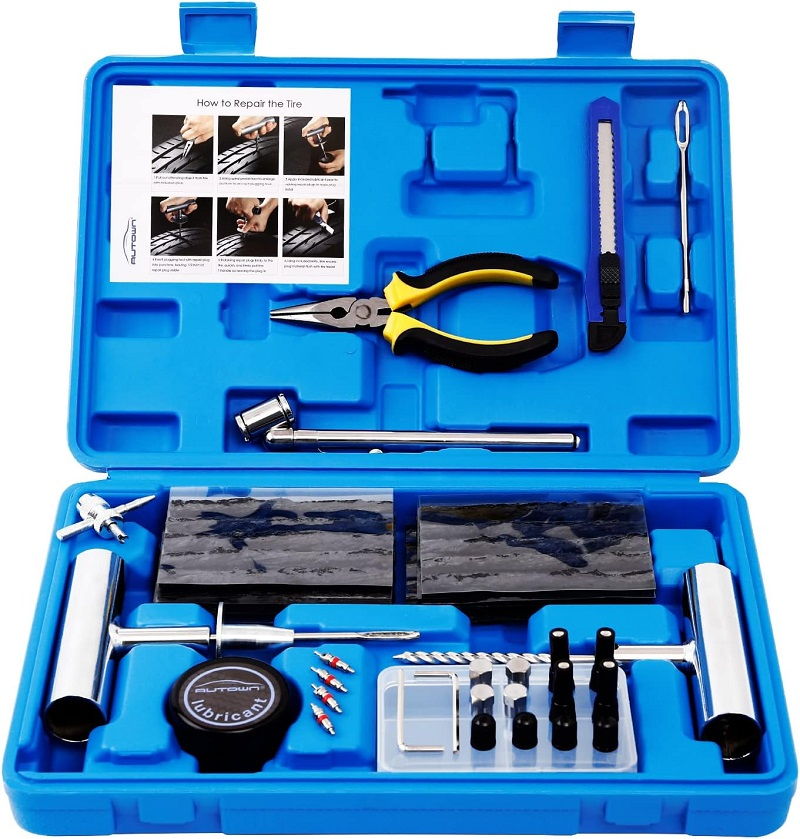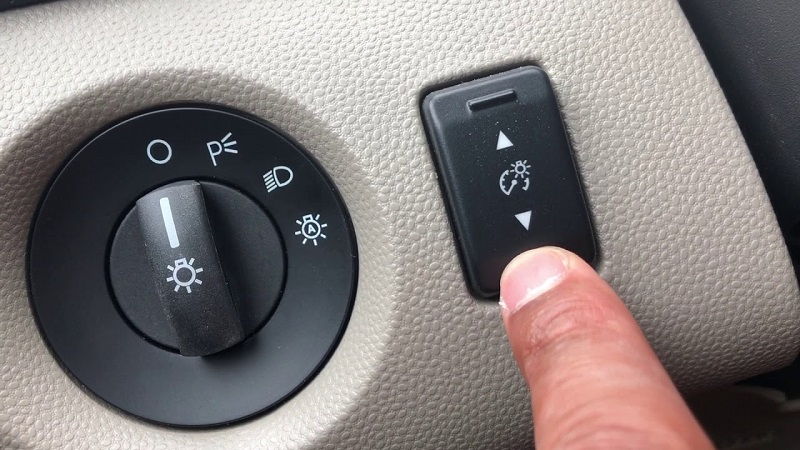This post contains affiliate links. This means I will make a commission at no extra cost to you should you click through and make a purchase [ “As an Amazon Associate, I earn from qualifying purchases.” ]. Read the full disclosure here.
Ford Fiesta Dashboard Lights GuideMechanic.Com When it comes to your Ford Fiesta, the dashboard lights play a crucial role in keeping you informed about the various systems and functions of your vehicle.
From warning lights to indicator lights, understanding what each symbol means can help you stay safe on the road and prevent potential issues.
In this detailed blog article, we will take a deep dive into the dashboard lights of the Ford Fiesta, providing you with a comprehensive guide to decoding and troubleshooting these important indicators.
In this article, we will cover everything you need to know about the dashboard lights in your Ford Fiesta. Whether you are a new owner or have been driving your Fiesta for years, this guide will provide you with valuable insights into the meaning and significance of each dashboard light.
See Also: 2002 Ford Explorer Fuel Pump
We will walk you through the different categories of lights, including warning lights, indicator lights, and informational lights, ensuring that you have a clear understanding of what each symbol represents.
Ford Fiesta Dashboard Lights: Warning Lights

Warning lights on your Ford Fiesta’s dashboard are designed to alert you to potential issues with your vehicle that require immediate attention.
Understanding the meaning behind these warning lights can help you take appropriate action and prevent further damage to your vehicle.
Check Engine Light
The check engine light is one of the most common warning lights that can illuminate on your Ford Fiesta’s dashboard. It indicates that there is a problem with the engine or its related systems.
While the check engine light can be triggered by a range of issues, such as a faulty oxygen sensor or a loose gas cap, it is important not to ignore it.
When the check engine light comes on, it is recommended to have your vehicle diagnosed by a qualified mechanic to determine the exact cause.
Oil Pressure Light
The oil pressure light signifies a drop in oil pressure, which can lead to serious engine damage if not addressed promptly.
When this light comes on, it is crucial to check your oil level and ensure it is at the recommended level. If the oil level is adequate and the light continues to illuminate, it could indicate a problem with the oil pump or a leak in the system.
In such cases, it is advisable to have your vehicle inspected by a professional to prevent further engine damage.
Battery Light
The battery light indicates a problem with your vehicle’s charging system. It could mean that the battery is not being charged properly or that there is an issue with the alternator.
When the battery light comes on, it is essential to check the battery connections and ensure they are secure.
If the connections are fine and the light persists, it is recommended to have your vehicle’s electrical system inspected by a qualified technician.
Brake System Warning Light
The brake system warning light illuminates when there is a problem with your Ford Fiesta’s braking system.
It could indicate low brake fluid levels, worn brake pads, or a malfunction in the ABS (Anti-lock Braking System).
When this light comes on, it is crucial to check your brake fluid level and ensure it is within the recommended range.
If the fluid level is adequate and the light remains illuminated, it is advisable to have your braking system inspected by a professional to ensure optimal safety.
Tire Pressure Monitoring System (TPMS) Light
The TPMS light alerts you to low tire pressure in one or more of your Ford Fiesta’s tires. Maintaining the correct tire pressure is crucial for safety and optimal performance.
See Also: 2004 Ford Expedition Fuel Pump
When the TPMS light comes on, it is essential to check your tire pressure using a reliable tire pressure gauge. If any of the tires have low pressure, inflate them to the recommended level.
However, if the light continues to illuminate after inflating the tires, it may indicate a faulty TPMS sensor that requires attention from a professional.
Engine Temperature Warning Light
The engine temperature warning light indicates that your Ford Fiesta’s engine is overheating. This could be due to a coolant leak, a malfunctioning thermostat, or a problem with the radiator.
When this light comes on, it is crucial to pull over safely and allow the engine to cool down. Continuing to drive an overheating engine can cause severe damage.
Once the engine has cooled, check the coolant level and ensure it is at the recommended level. If the coolant level is adequate and the light persists, it is recommended to have your vehicle inspected by a qualified mechanic.
Airbag Warning Light
The airbag warning light indicates a problem with your Ford Fiesta’s airbag system. When this light comes on, it could mean that the airbags are deactivated and will not deploy in the event of an accident.
It is crucial to have your vehicle inspected by a qualified technician to diagnose and resolve any issues with the airbag system. Ignoring this warning light could compromise your safety in the event of a collision.
ABS Warning Light
The ABS warning light illuminates when there is a problem with your Ford Fiesta’s Anti-lock Braking System.
The ABS helps prevent the wheels from locking up during sudden braking, enhancing your ability to steer and maintain control.
When this light comes on, it could indicate a fault in the ABS system. It is important to have your vehicle inspected by a professional to diagnose and resolve any issues with the ABS.
Driving without a functioning ABS system may compromise your ability to brake safely in emergency situations.
Transmission Warning Light
The transmission warning light indicates a problem with your Ford Fiesta’s transmission system. It could signify an issue with the transmission fluid level, a faulty sensor, or a more significant problem within the transmission itself.
When this light comes on, it is recommended to have your vehicle inspected by a qualified mechanic. Ignoring this warning light could lead to further damage to your transmission and potential costly repairs.
Power Steering Warning Light
The power steering warning light indicates a problem with your Ford Fiesta’s power steering system. When this light comes on, it could mean that the power steering fluid level is low or that there is a malfunction in the power steering system.
It is important to check the power steering fluid level and ensure it is within the recommended range. If the fluid level is adequate and the light remains illuminated, it is advisable to have your vehicle inspected by a professional to diagnose and resolve any issues with the power steering system.
Ford Fiesta Dashboard Lights: Indicator Lights
Check out this DEWALT 20V MAX Tire Inflator, Compact and Portable, Automatic Shut Off, LED Light, Bare Tool Only (DCC020IB)

Indicator lights on your Ford Fiesta’s dashboard provide you with information about specific systems or functions, helping you operate your vehicle safely and efficiently.
See Also: 2012 Ford Focus Catalytic Converter
Understanding the meaning behind these indicator lights ensures that you are aware of your vehicle’s current status.
Turn Signal Indicator
The turn signal indicator lights up when you activate the turn signals in your Ford Fiesta. It serves as a visual indication to other drivers that you intend to change lanes or make a turn.
The turn signal indicator is typically green when activated on the left side of the vehicle and amber when activated on the right side.
It is important to ensure that you cancel the turn signal after completing your maneuver to avoid confusing other drivers.
High Beam Indicator
The high beam indicator illuminates when you activate the high beam headlights on your Ford Fiesta. It serves as a reminder to switch back to low beam headlights when approaching other vehicles or in well-lit areas.
Activating the high beam headlights provides enhanced visibility in dark or poorly lit conditions but can blind other drivers if not used appropriately.
Hazard Warning Indicator
The hazard warning indicator, also known as the hazard lights or emergency flashers, activates all four turn signal lights simultaneously. It is used to indicate that your Ford Fiesta is stationary and may pose a hazard to other drivers.
Activating the hazard warning indicator can help alert other drivers to your presence and ensure your safety in emergency situations or when your vehicle is stopped on the side of the road.
Cruise Control Indicator
The cruise control indicator illuminates when you activate the cruise control feature in your Ford Fiesta. It indicates that the cruise control system is engaged and maintaining a set speed.
This indicator serves as a reminder that you are in cruise control mode, allowing you to focus on the road ahead while the vehicle maintains a constant speed.
It is important to note that the cruise control indicator may turn off if you apply the brakes or manually disengage the cruise control system.
Seat Belt Reminder Indicator
The seat belt reminder indicator is a safety feature in your Ford Fiesta that reminds you to fasten your seat belt. It illuminates when the driver or passenger seat belt is not buckled.
Fastening your seat belt is crucial for your safety, and it is important to ensure that all occupants of the vehicle are properly restrained before driving.
Child Safety Lock Indicator
The child safety lock indicator is a reminder that the rear doors of your Ford Fiesta are locked in a way that prevents them from being opened from the inside.
This feature is particularly useful when you have young children in the backseat, ensuring that they cannot accidentally open the doors while the vehicle is in motion.
When the child safety lock indicator is illuminated, it means that the rear doors are locked in this childproof mode.
Ford Fiesta Dashboard Lights: Informational Lights

Informational lights on the dashboard of your Ford Fiesta provide you with valuable insights into your vehicle’s performance, fuel levels, and other important information.
Understanding these lights ensures that you can take appropriate action and maintain your vehicle’s optimal performance.
Fuel Gauge
The fuel gauge on your Ford Fiesta’s dashboard indicates the level of fuel in your vehicle’s tank. It is a crucial informational light that helps you monitor your fuel levels and plan for refueling.
The fuel gauge typically consists of a needle or a digital display that moves or changes to reflect the amount of fuel remaining in the tank. It is important to keep an eye on the fuel gauge to avoid running out of fuel during your journeys.
When the fuel gauge reaches a low level, it is advisable to find a suitable place to refuel and ensure you have enough fuel to reach your destination safely.
Temperature Gauge
The temperature gauge on your Ford Fiesta’s dashboard provides you with information about the temperature of your vehicle’s engine.
It helps you monitor the engine’s operating temperature, ensuring it stays within a safe range. The temperature gauge typically consists of a needle or a digital display that moves or changes to reflect the engine’s temperature. It is important to keep an eye on the temperature gauge to ensure that your engine does not overheat.
See Also: 2003 Ford Expedition Catalytic Converter
If the temperature gauge shows that the engine is approaching the hot range, it is crucial to pull over safely, allow the engine to cool down, and investigate the cause of the overheating. Continuing to drive with an overheating engine can cause severe damage and lead to costly repairs.
Odometer
The odometer on your Ford Fiesta’s dashboard displays the total distance that your vehicle has traveled. It is a valuable informational light that helps you keep track of your mileage and plan for routine maintenance tasks.
The odometer typically consists of a digital display that shows the number of miles or kilometers driven. Some vehicles may also have a trip odometer, which allows you to track the distance traveled during a specific trip or period.
Monitoring your odometer can help you schedule regular oil changes, tire rotations, and other maintenance tasks based on your vehicle manufacturer’s recommendations.
Trip Computer
The trip computer is an informational light that provides you with a range of data related to your Ford Fiesta’s performance and fuel efficiency.
It typically consists of a digital display that can show various information, such as average fuel consumption, current fuel consumption, distance traveled, and estimated range.
The trip computer allows you to monitor your driving habits and make adjustments to improve fuel efficiency. It can also provide insights into your vehicle’s performance and help you identify any potential issues.
Familiarizing yourself with the trip computer and its features can enhance your driving experience and help you make informed decisions on the road.
Low Tire Pressure Indicator
The low tire pressure indicator on your Ford Fiesta’s dashboard alerts you when one or more of your vehicle’s tires have low air pressure.
It is an important informational light that helps you maintain proper tire inflation and ensures optimal safety and performance.
When the low tire pressure indicator illuminates, it is crucial to check your tire pressure using a reliable tire pressure gauge. If any of the tires have low pressure, inflate them to the recommended level.
Driving with underinflated tires can negatively impact fuel efficiency, tire wear, and overall vehicle handling.
Regularly monitoring your tire pressure and addressing any low pressure warnings will help you maintain optimal tire performance and extend their lifespan.
Engine Oil Pressure Indicator
The engine oil pressure indicator on your Ford Fiesta’s dashboard alerts you to low engine oil pressure, which can lead to engine damage if not addressed promptly.
It is a critical informational light that ensures you maintain adequate lubrication for your engine’s moving parts.
When the engine oil pressure indicator illuminates, it is essential to check your engine oil level and ensure it is at the recommended level.
If the oil level is adequate and the light remains illuminated, it could indicate a problem with the oil pump or a leak in the system.
In such cases, it is advisable to have your vehicle inspected by a professional to prevent further engine damage.
Bulb Failure Indicator
The bulb failure indicator on your Ford Fiesta’s dashboard alerts you when there is a problem with one or more of your vehicle’s external lights.
It serves as a safety feature, ensuring that all lights are functioning correctly and providing optimal visibility for you and other drivers on the road.
When the bulb failure indicator illuminates, it is important to inspect your exterior lights, including headlights, taillights, brake lights, and turn signals.
If a bulb is burnt out or malfunctioning, replace it promptly to ensure your vehicle remains visible and safe on the road.
Troubleshooting Tips
Despite the importance of dashboard lights, it is not uncommon to encounter issues or malfunctions. Understanding how to troubleshoot these problems can help you address them promptly and prevent further complications. Here are some troubleshooting tips for common dashboard light issues in your Ford Fiesta:
Flickering Dashboard Light
If you notice that a dashboard light in your Ford Fiesta is flickering, it could indicate a loose connection or a failing bulb. Start by checking the bulb associated with the flickering light.
If the bulb appears to be loose or damaged, replace it with a new one. If the bulb is secure and in good condition, inspect the wiring and connections.
See Also: 2003 Ford Expedition Fuel Pump
Ensure that all connections are tight and free from corrosion. If the flickering persists after checking the bulb and connections, it is recommended to have your vehicle inspected by a qualified mechanic to diagnose and resolve the issue.
Dashboard Light Won’t Turn Off
If a dashboard light in your Ford Fiesta remains illuminated even after addressing the underlying issue, it could indicate a problem with the sensor or the electrical system.
Start by double-checking that you have resolved the issue associated with the illuminated light. For example, if the low tire pressure indicator remains on, even after inflating the tires, recheck the tire pressure and ensure it is at the recommended level.
If the issue has been resolved, but the light remains illuminated, it is advisable to have your vehicle’s electrical system inspected by a professional. They can diagnose any sensor or wiring issues and recommend the necessary repairs or replacements.
Intermittent Dashboard Light Issues
If you experience intermittent issues with your Ford Fiesta’s dashboard lights, where they illuminate and then turn off sporadically, it could indicate a loose or faulty connection.
Start by checking the wiring and connections associated with the affected lights. Ensure that all connections are secure and free from corrosion.
If the issue persists, it may require a more in-depth inspection by a qualified technician. They can use diagnostic tools to identify any electrical or sensor problems and provide the appropriate solutions.
Multiple Dashboard Lights Illuminated
If several dashboard lights in your Ford Fiesta are illuminated simultaneously, it could indicate a more significant issue that requires immediate attention.
Start by consulting your vehicle’s owner manual to identify the potential causes of the illuminated lights. It could be a problem with a specific system or a general electrical issue.
If the cause is not apparent or if you are unsure, it is recommended to have your vehicle inspected by a professional.
They can diagnose the underlying problem and perform the necessary repairs to restore the proper functioning of your Ford Fiesta.
Related video of Ford Fiesta Dashboard Lights: A Comprehensive Guide to Understanding and Troubleshooting
- P0000 Through P0099: Understanding OBD-II Trouble Codes - February 11, 2025
- P0000 Through P0199: Understanding OBD-II Trouble Codes - February 10, 2025
- P0080 Exhaust Valve Control Solenoid Circuit High (Bank 1) - February 9, 2025

